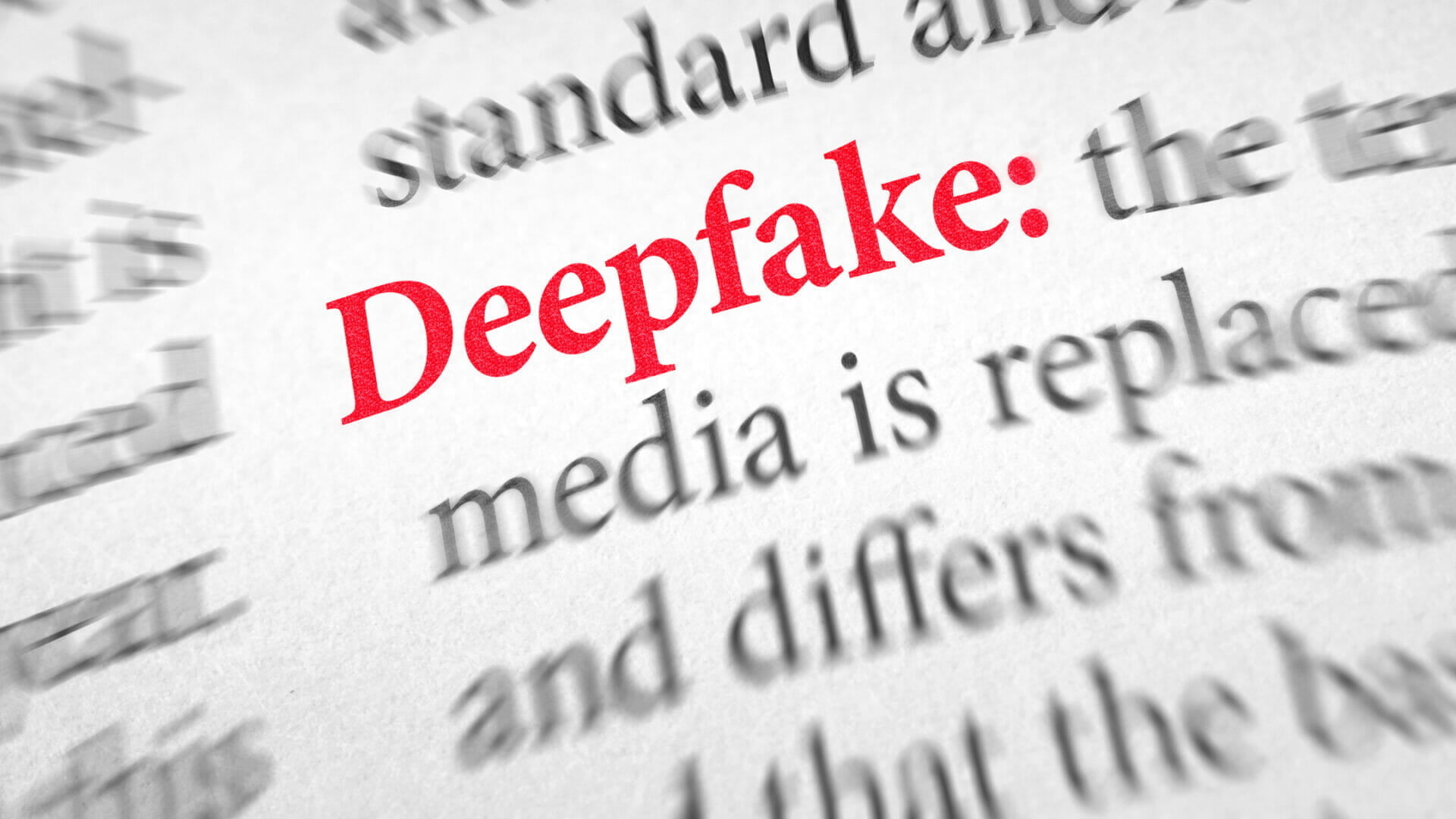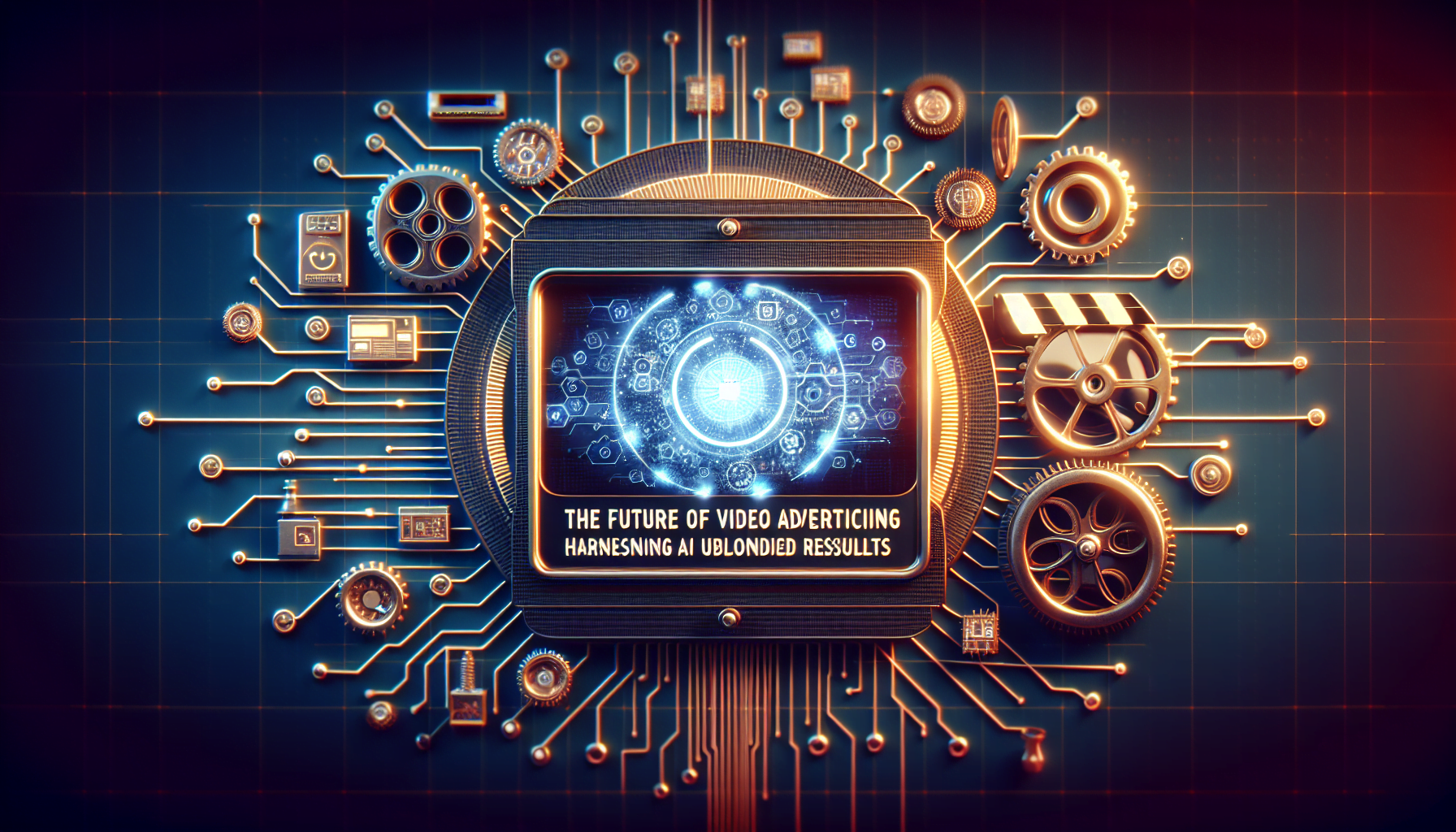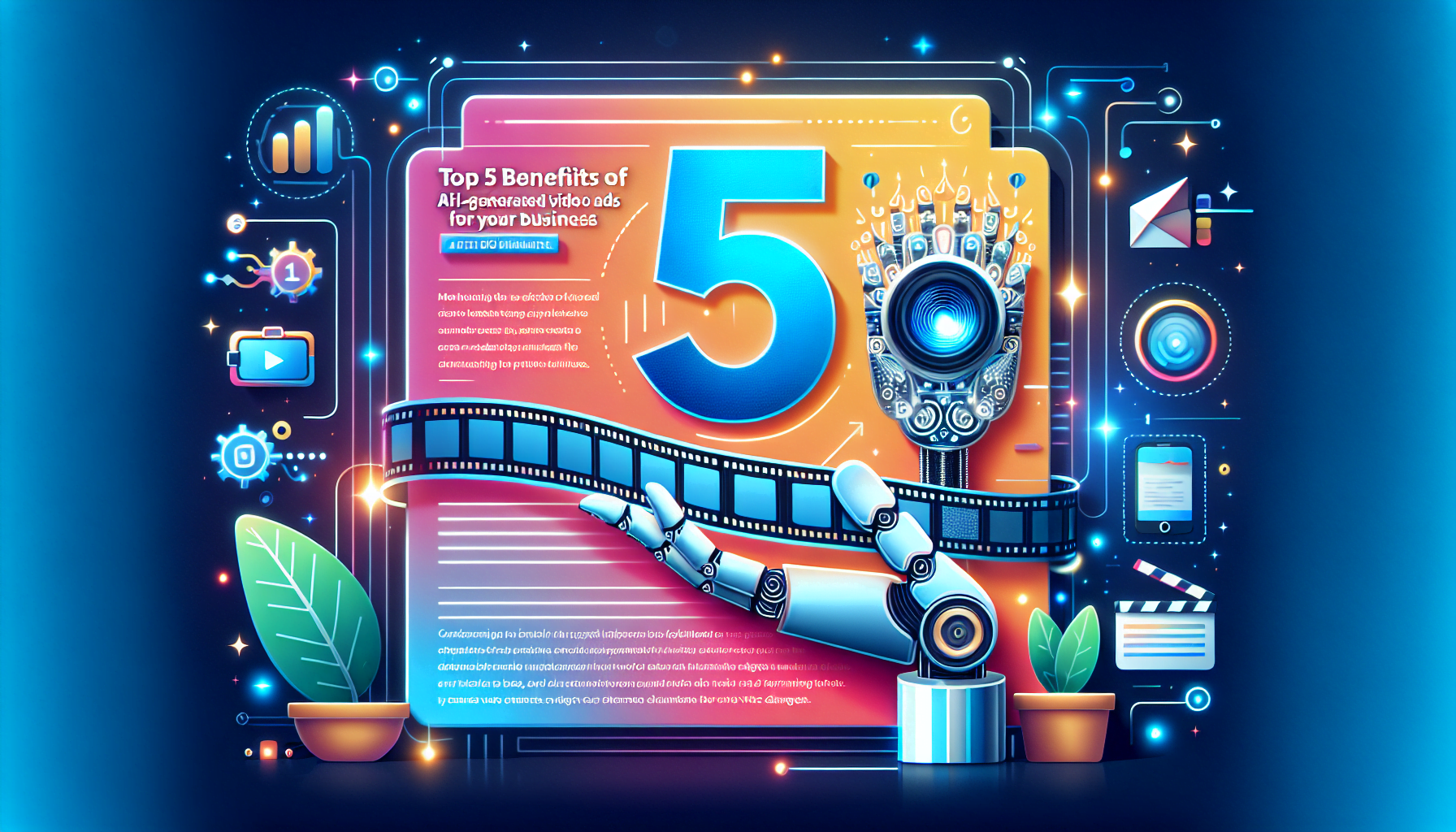What is Deepfake Technique in AI?
Introduction
Deepfake ai technology has revolutionized the way we perceive digital media, raising concerns and sparking controversies. By exploring the basics of deepfakes, examining their rise in the digital era, and delving into the impact they have made, we can gain a comprehensive understanding of this intriguing technique in AI.
Defining Deepfake: Understanding the Basics
Deepfake refers to the manipulation of digital content, such as images, videos, or audio, using artificial intelligence techniques. It involves creating hyper-realistic forgeries that are often indistinguishable from genuine content. Deepfakes utilize advanced algorithms to alter or generate new media with remarkable precision.
The Rise of Deepfake in the Digital Era
The proliferation of deepfakes can be attributed to several factors. Advances in computing power, the availability of large datasets, and the sophistication of machine learning algorithms have all contributed to the rise of deepfake technology. As these techniques become more accessible, the potential implications and controversies surrounding deepfakes continue to grow.
Impact and Controversies Surrounding Deepfake
Deepfake AI technology has had a profound impact on various aspects of society. It has introduced new possibilities in entertainment, posed threats to democracy through political manipulation, raised concerns about cybersecurity, and exacerbated the spread of misinformation on social media platforms. The controversies surrounding deepfakes center around issues of consent, privacy invasion, and the legal and ethical dilemmas they present.
How Deepfake AI Works
Deep Learning: The Foundation of Deepfake Technology
Deepfake technology relies heavily on deep learning algorithms, a subset of artificial intelligence. These algorithms are trained on massive datasets and learn to extract patterns and features from the data to generate realistic forgeries. Deep learning models, such as convolutional neural networks (CNNs) and recurrent neural networks (RNNs), play a crucial role in the creation of deepfakes.
Data Collection and Preprocessing
To train deepfake AI models, a substantial amount of data is required. This data typically consists of images, videos, or audio recordings of the target individuals. The data collection process involves sourcing publicly available content or creating custom datasets. Preprocessing techniques are then applied to clean and prepare the data for training.
Neural Networks and Generative Adversarial Networks (GANs)
Neural networks, particularly GANs, are the driving force behind deepfake generation. GANs consist of two components: a generator network and a discriminator network. The generator network generates fake media, while the discriminator network tries to differentiate between real and fake media. Through an adversarial training process, both networks improve, leading to the creation of increasingly convincing deepfakes.
Training the Model: Teaching AI to Generate Realistic Fakes
Training a deepfake model involves iteratively refining the neural network parameters to improve its ability to generate realistic outputs. This process requires feeding the network with a combination of real and fake media, allowing it to learn and adjust its parameters based on the feedback provided by the discriminator network. Over time, the generator network becomes adept at producing highly authentic deepfakes.
Creating Deepfakes
Face Swapping: Replacing One Face with Another
Face swapping is one of the most common applications of deepfake AI technology. It involves extracting the facial features of one individual and seamlessly superimposing them onto another person’s face in a target video. By aligning facial landmarks and adapting expressions, deepfake algorithms can create convincing face swaps.
Voice Cloning: Mimicking Speech Patterns and Tones
Deepfake techniques also extend to voice cloning, allowing the replication of someone’s speech patterns and tones. By analyzing audio recordings of the target individual, deep learning models can learn to mimic their voice and produce speech that closely resembles the original speaker. This technology raises concerns about the potential for voice-based impersonation.
Body and Gesture Manipulation: Altering Movements and Expressions
Deepfake algorithms can go beyond manipulating faces and extend their influence to the entire body. By analyzing and understanding human movements, gestures, and expressions, these algorithms can alter or generate entirely new movements for individuals in videos. This capability opens up possibilities for creating highly realistic animations and performances.
Environmental Context: Adding Realistic Backgrounds
To enhance the believability of deepfakes, environmental context plays a crucial role. Deepfake algorithms can seamlessly incorporate realistic backgrounds into manipulated videos, creating the illusion that the forged content was captured in a genuine environment. This adds another layer of authenticity to deepfakes and makes them more challenging to detect.
Detecting Deepfakes
The Cat-and-Mouse Game: Challenges in Identifying Deepfakes
Detecting deepfakes is an ongoing challenge that requires constant innovation. As deepfake techniques evolve, so do the methods for detection. The adversarial nature of deepfake creation and detection creates a cat-and-mouse game, where deepfake creators strive to outsmart detection algorithms, and researchers develop new techniques to identify these forgeries.
Traditional Methods: Forensic Analysis and Visual Artifacts
Forensic analysis has long been used to identify manipulated media. By examining visual artifacts, inconsistencies, or anomalies within the content, experts can often detect signs of manipulation. However, as deepfake AI technology advances, the visual artifacts become increasingly challenging to identify, necessitating the development of more sophisticated detection methods.
Advanced Techniques: Leveraging AI to Combat Deepfakes
In a twist of irony, artificial intelligence is also being leveraged to combat deepfakes. Researchers are developing AI-powered algorithms that analyze various aspects of deepfakes, such as facial inconsistencies, unnatural movements, or audio anomalies. These advanced techniques aim to provide automated and efficient detection of deepfakes in real-time.
Applications of Deepfake
Entertainment Industry: Movie, TV, and Gaming Effects
Deepfake technology has made significant strides in the entertainment industry. It offers filmmakers, television producers, and game developers exciting possibilities for visual effects, character replacements, and scene modifications. By seamlessly integrating deepfake techniques, creators can achieve astonishing results and enhance the overall cinematic experience.
Political Manipulation: Implications for Democracy
One of the most concerning applications of deepfake technology is its potential for political manipulation. Deepfakes have the power to deceive and manipulate public opinion by creating fabricated videos of politicians or public figures engaging in false or compromising actions. This poses serious threats to the integrity of democratic processes and highlights the need for vigilant fact-checking and media literacy.
Cybersecurity Threats: The Dark Side of Deepfake
Deepfakes present significant cybersecurity risks. They can be used for malicious purposes, such as impersonating individuals or extracting sensitive information through social engineering. By exploiting the trust placed in digital media, cybercriminals can launch sophisticated attacks that can have far-reaching consequences for individuals, organizations, and society as a whole.
Social Media and Misinformation: Fake News Amplification
The amplification of fake news is another alarming consequence of deepfake technology. Social media platforms have become breeding grounds for the rapid dissemination of false information. Deepfakes add another layer of deception, making it increasingly challenging to differentiate between real and fabricated content. This underscores the importance of critical thinking, media literacy, and fact-checking in the digital age.
Ethics and Privacy Concerns
Consent and Consentless Deepfakes
One of the most significant ethical considerations surrounding deepfakes revolves around consent. Consentless deepfakes involve manipulating individuals’ images or videos without their permission, violating their privacy and potentially causing harm. The issue becomes even more complex when considering cases where consent is given, as the long-term consequences and potential misuse of deepfakes cannot always be predicted.
Impersonation and Reputation Damage
Deepfake technology raises concerns about impersonation and the potential for reputation damage. By creating convincing forgeries, malicious actors can falsely attribute words, actions, or behaviors to individuals, leading to severe consequences for their personal or professional lives. Safeguarding against such impersonation attacks and addressing the resulting reputation damage becomes a critical consideration.
Privacy Invasion and Unauthorized Usage
Deepfakes have the potential to intrude upon individuals’ privacy and personal lives. Unauthorized usage of someone’s likeness in deepfake content can lead to privacy invasion, infringement of personal rights, and psychological distress. The legal and ethical frameworks surrounding deepfakes must address these privacy concerns and ensure the protection of individuals’ rights.
Legal and Regulatory Landscape
Legal Implications: Intellectual Property and Defamation
The rise of deepfake technology has prompted discussions about its legal implications. Intellectual property rights are at stake when individuals’ likenesses are used without authorization. Additionally, deepfakes can give rise to defamation claims, as fabricated content can harm a person’s reputation. The legal system must adapt to address these emerging challenges and provide appropriate remedies and protections.
Developing Regulations and Policies
Governments and regulatory bodies are recognizing the need for regulations and policies to govern the use of deepfake technology. The development of guidelines, laws, and ethical frameworks can help mitigate the negative consequences associated with deepfakes. Balancing innovation and artistic freedom with the potential harms of deepfakes is a complex task that requires a multidisciplinary approach.
Balancing Freedom of Expression and Protection
The legal and regulatory landscape must strike a delicate balance between protecting individuals from the harmful effects of deepfakes and upholding the principles of freedom of expression. Limiting the spread and impact of malicious deepfakes while preserving the rights to artistic expression, satire, and political commentary is a challenge that requires careful consideration and collaboration.
Mitigating Deepfake AI Impact
Research and Development: Advancements in Deepfake AI Detection
The ongoing battle against deepfakes necessitates continuous research and development of advanced detection techniques. Innovations in machine learning, computer vision, and audio analysis are crucial for staying ahead of deepfake creators. Investing in research and developing robust detection algorithms is essential to mitigate the negative impact of deepfakes.
Education and Awareness: Recognizing and Evaluating Deepfakes
Raising public awareness and promoting media literacy are vital in combating the spread of deepfakes. Educating individuals about the existence of deepfakes, their potential risks, and the importance of critical thinking can help individuals recognize and evaluate the authenticity of media they encounter. Cultivating a skeptical mindset can be a powerful defense against falling victim to deepfake manipulation.
Collaborative Efforts: Industry, Government, and Academia Partnerships
Addressing the challenges posed by deepfakes requires collaborative efforts between industry, government, and academia. Sharing knowledge, expertise, and resources can facilitate the development of effective countermeasures and strategies. Establishing partnerships that span different sectors and disciplines is crucial in the fight against the negative impacts of deepfake technology.
Future of Deepfake AI
Evolution of Deepfake AI Technology: What Lies Ahead?
The evolution of deepfake technology is expected to continue at a rapid pace. As algorithms improve, computing power increases, and datasets grow, deepfakes will become even more convincing and challenging to detect. The future may see the emergence of real-time deepfake generation and the integration of other technologies, such as virtual reality, further blurring the line between reality and fabrication.
Potential Positive Applications and Benefits
While deepfake technology raises concerns, it also holds potential positive applications. In the entertainment industry, deepfakes can enable seamless visual effects and enhance storytelling. Moreover, deepfake research can contribute to advancements in computer vision, machine learning, and AI, benefiting various fields beyond media manipulation.
Strengthening Defense Mechanisms against Deepfakes
To mitigate the potential harm caused by deepfakes, there is a pressing need to strengthen defense mechanisms. This involves continued research and development of detection algorithms, improved authentication methods for verifying the authenticity of media, and the establishment of comprehensive legal and ethical frameworks. By staying vigilant and proactive, we can navigate the complex landscape of deepfake technology.
Conclusion
In conclusion, deepfake technology has emerged as a powerful and controversial technique in the field of AI. Understanding its basics, impact, and implications is crucial in navigating the digital era. While deepfakes present both challenges and opportunities, responsible use, education, collaboration, and innovation are key to ensuring the safe and ethical integration of this technology into our society. By embracing innovation and fostering a culture of responsible usage, we can harness the potential of deepfake technology while protecting ourselves from its negative consequences.




